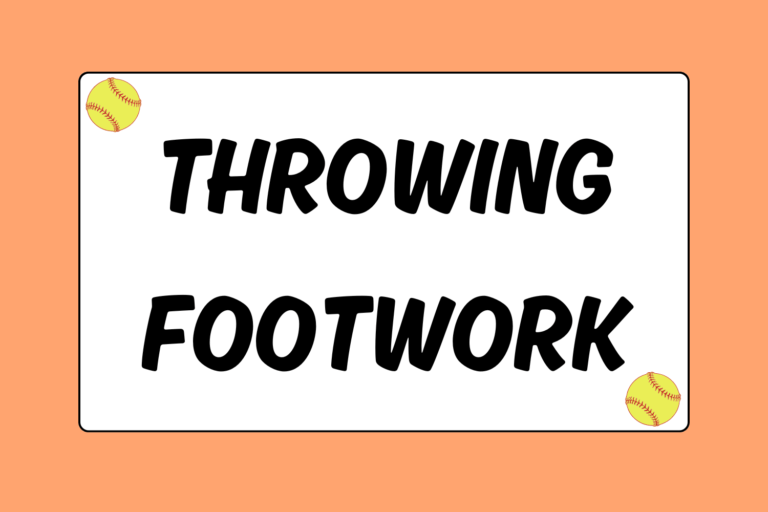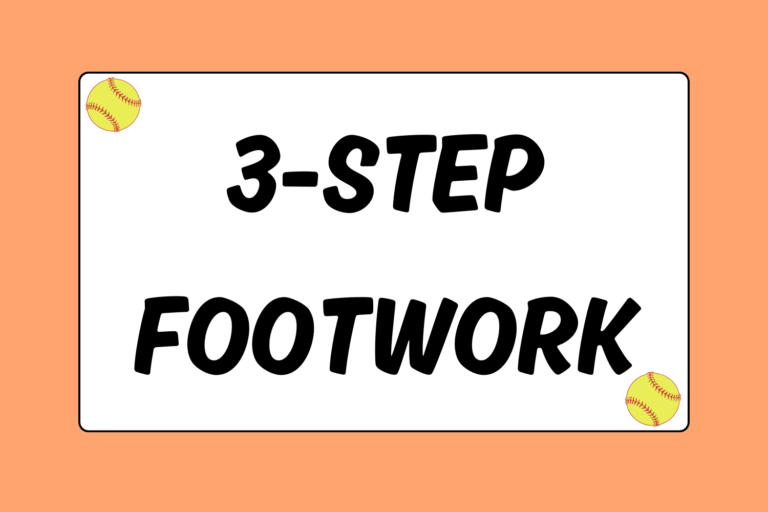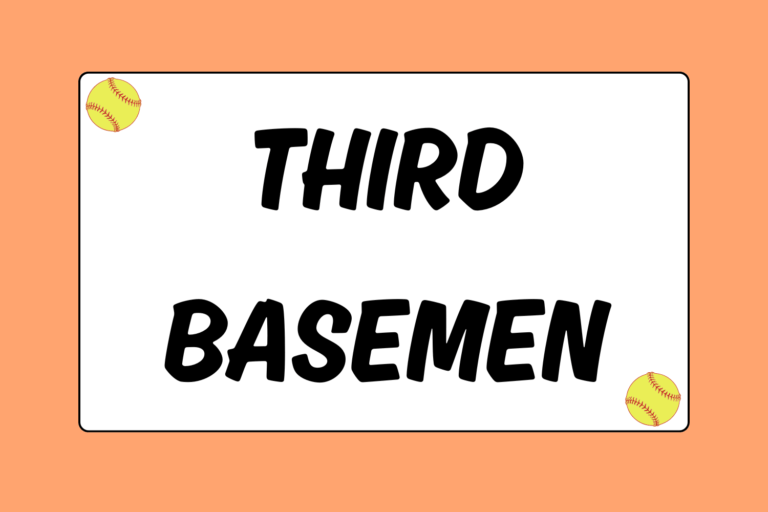With a runner on first base and less than two outs, you can expect the runner to steal second — or at least attempt to. Stop her in her tracks with the tips in the softball guide, which will offer advice on strategy and skills.
When to Expect a Steal
Anytime there is a runner on first base and less than two outs when your team is in the field, you should prepare for the steal. What does this entail? Well, the only players who need to move before the pitch are the second baseman and shortstop. Your second baseman can step up right behind the baseline; she shouldn’t be in the baseline because if she interferes with the runner, the runner will be safe. The shortstop, on the other hand, needs to creep towards the bag. But she cannot give up her spot entirely. If the shortstop cheats too much, she leaves a gaping hole in the infield.
Hot Tip: Smooth & Slide
If you play shortstop and you want to cheat over towards second base, smooth the dirt in front of you by sliding your cleat over it from side to side right before you walk into your stance. As you do this, cheat over just a bit. Then, walk in at a slight angle. Just make sure to keep your shoulders and toes squared to the plate and you shouldn’t have any problem reacting to a ball hit to your right.
The Defense
The bench should yell, “Going!” if they see the runner take off, so everyone on the infield needs to keep their ears open. The shortstop will take the throw at second base in most cases. In fact, the shortstop should make it second nature to cover the bag anytime there is a runner on first, after each pitch is thrown.
The Catcher
The maker-or-breaker of the play, the catcher has to have a strong and accurate throw. However, that doesn’t mean it needs to sail to second base without bouncing. An on-target bounce that lands perfectly in the shortstop’s glove is almost as good as a hard line drive thrown into it, and sometimes it might even be faster.
As the catcher, transfer the ball from your glove to your ear as quickly as possible.
- You will start with your glove pointed at the pitcher to receive the ball with your throwing arm poised at your side.
- Once you catch it, immediately cover it with your throwing hand and begin transferring the ball to your throwing hand. Bring the ball up to the ear in a straight line — don’t waste time bringing your arm down and then up.
- You don’t necessarily have to be able to throw from your knees, just make sure that you jump to your feet and only take one quick step for the quickest throw.
The Shortstop
The second star of the play, the shortstop must be able to handle any throw. A ball that happens to sail over her head would be the outfielders’ responsibility to back-up, but generally, the shortstop is responsible for handling anything that hits the dirt. Even if it’s a gnarly short hop that may be a little too hot to handle, she’s got to figure out how to handle it.
If you play shortstop, here are a few tips on how to receive the throw from the catcher:
- Always try to straddle the bag: Having your back to third base and your throwing shoulder facing the catcher will put you in the best position to receive the throw — and out of harm’s way if the runner decides to slide spikes up.
- Keep your glove in front of the bag: Having your pocket open and your glove waiting for the ball in front of the bag will make it easier to transition into sweeping the tag on the runner.
- Sweep behind you & keep the tag on: Get into the habit of always putting on a tag and sweeping behind you (since your glove will be in front of the bag). This may not always be necessary, but if you can develop this habit, you’ll be able to tag out the runners who try to sneak a hook slide past you.
- Show the ball: In the event of a close play (even if you might have missed her by an inch or tagged her too late), put on a sweeping tag and immediately show the ball to the umpire. You’d be surprised at how this gesture can get a few more outs than you’d expect.
Hot Tip: Keep Your Glove Low!
The best possible place to await the throw is straddling the bag with your glove on the ground. There is sound reasoning behind this. First, you have to realize that on every steal, the runner is going to slide. That means she is going to be low on the ground so that’s where you’ll need to tag her. Second, the throw may not always be on target. If your glove is midway in the air (at about waist height), you will have to move your glove up or down for off-target throws — that’s two directions to worry about. But if your glove is on the ground, you only have to move your glove one way (up) to get to a ball. The less you have to move, the better.
The Pitcher
The pitcher needs to get out of the way. The best spot for her to linger is on the third-base side of the infield, away from the play.
The Second Baseman
Only once the catcher throws down to second base should the second baseman run to back up the shortstop. So if you play second base, the most beneficial spot for you to go is 10-15 feet behind the shortstop. Any closer and a hop that the shortstop can’t handle may be too hard for you to handle, as well. And any high ball that sails over her could also sail over you. You have to judge the distance. You want to be close enough that you can catch an overthrow and prevent the runner from advancing towards third, but you don’t want to be so close that a wild throw will get past you either.
If the ball does get past the shortstop and the runner decides to take the chance at third, you should be close enough to throw her out. However, do not cheat over too early — you cannot afford to give up your spot and leave it open for a hit.
Get It Done!
Now that you know how to defend a steal to second base, there is no reason why your team can’t throw out every would-be thief. Once your infielders get more comfortable with their positions, go ahead and check out our guide, Defensive Plays against Steals and have a little fun with the opposing runners. As a team, focus on quick decision-making and accurate throws, and you’ll be off to a great start!





